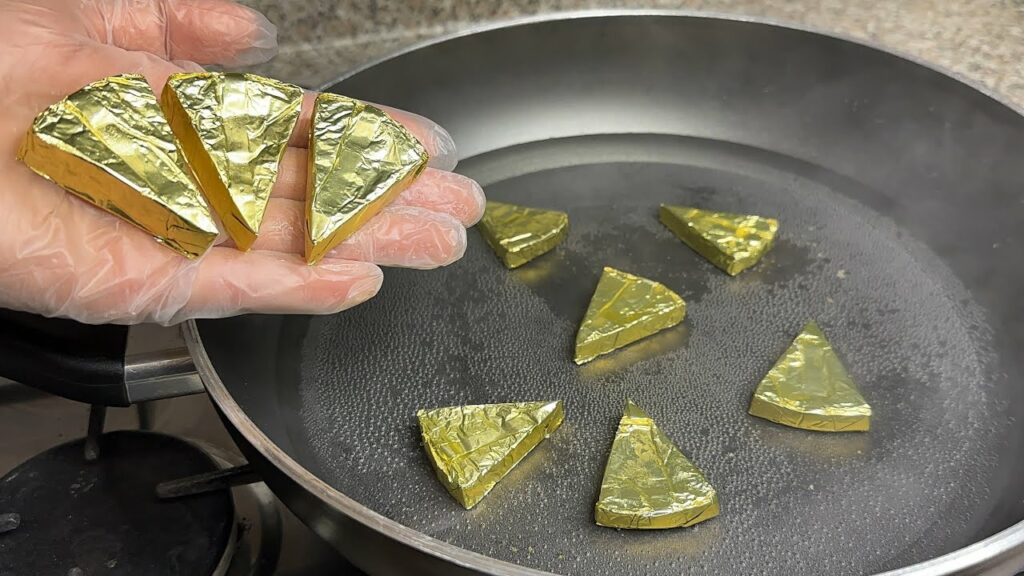
Discovering unique cooking techniques from seasoned bakers can transform how you approach everyday ingredients. One such trick involves placing cheese in boiling water—a method that might sound unconventional but offers surprising benefits and outcomes. Here’s what happens when you put cheese in boiling water and how it can elevate your culinary creations.
Why Put Cheese in Boiling Water?
-
Softening Hard Cheese: If you have a hard cheese that’s difficult to slice or grate due to its firmness, submerging it in boiling water for a few seconds can soften it just enough to make cutting and grating easier.
-
Reviving Dried Cheese: Cheese that has dried out can be revived by this method. The heat and moisture from the boiling water can rehydrate the cheese slightly, improving its texture and making it more palatable.
-
Melting Cheese for Dips: Boiling water can quickly melt cheese, making it a quick way to prepare cheese dips or fondue. The rapid melting ensures a smooth, creamy texture, perfect for dipping.
How to Use This Trick
Ingredients:
-
A pot of water
-
Cheese (hard, dried, or for melting)
Instructions:
-
Boil Water: Bring a pot of water to a full boil.
-
Prepare Cheese: If you’re softening or reviving cheese, cut it into manageable pieces that will fit into your pot or a heatproof bowl.
-
Submerge Cheese:
-
For softening or reviving: Submerge the cheese pieces in the boiling water for 10-30 seconds, then remove them with a slotted spoon.
-
For melting: Reduce the water to a simmer, place the cheese in a heatproof bowl, and set it over the pot to melt the cheese using a double boiler method. This avoids direct contact with water but uses steam.
-
-
Use Immediately: Once treated, use the cheese immediately in your recipe, whether it’s for easier slicing, adding to a dish, or creating a dip.
Tips for Best Results
-
Watch Closely: Cheese can change texture rapidly with heat, so keep a close eye to prevent it from becoming too soft or melting completely if that’s not your intention.
-
Dry Cheese Properly: After softening or reviving cheese in water, pat it dry with a paper towel to remove excess moisture before using it in your recipe.
-
Quality Matters: Use good-quality cheese for best results. Poor-quality cheeses may not respond as well to this treatment and could become overly oily or grainy.
Conclusion
Placing cheese in boiling water is a versatile technique that can be used for various purposes, from softening and reviving to melting. This trick can be particularly useful when preparing for baking, cooking, or hosting, where cheese plays a key role in the dish. Give it a try to see how it can enhance your next culinary venture!




